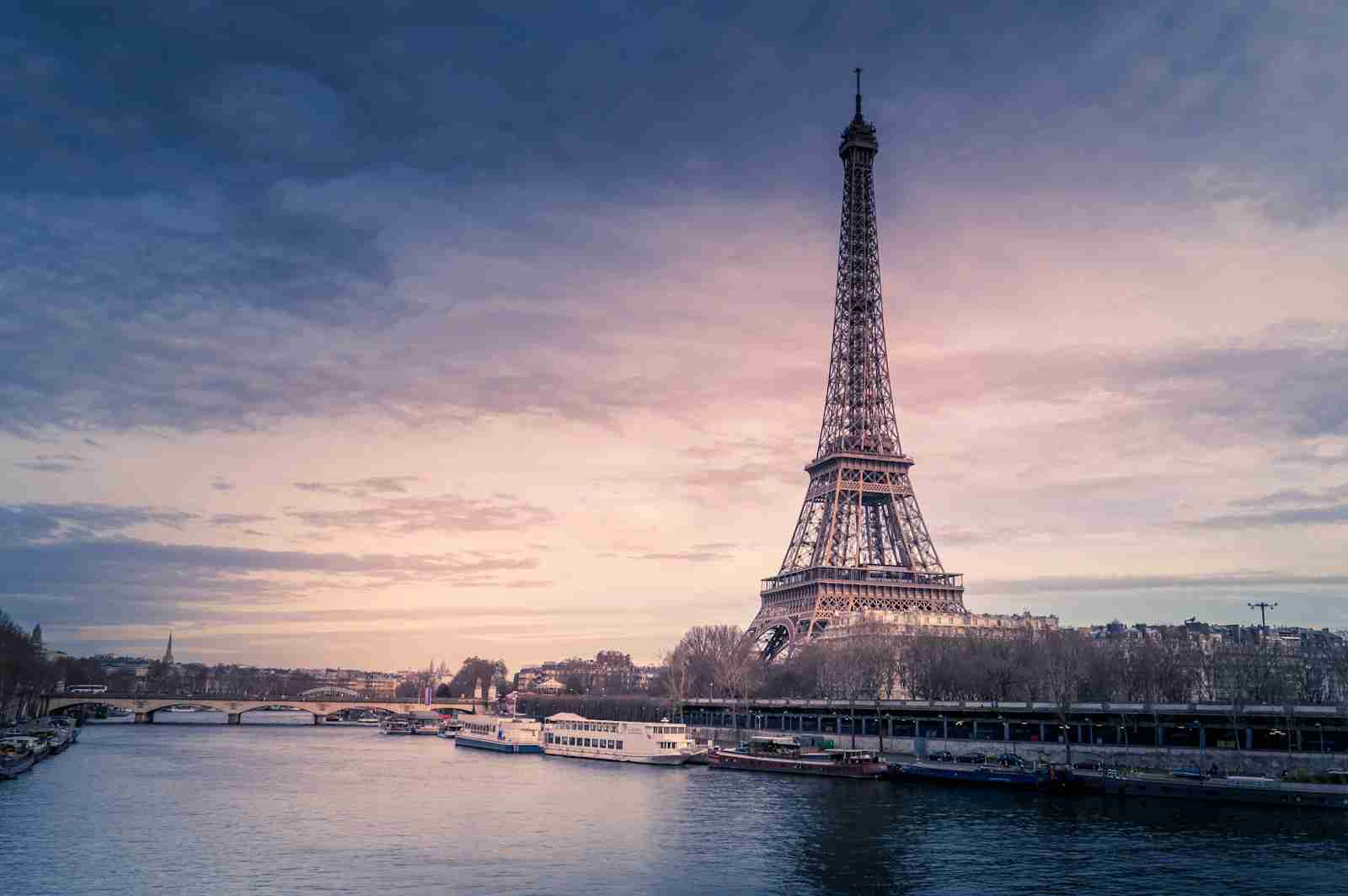23 Fun Facts About Paris | Beyond the Tourist Spots
1. Paris was originally a Roman city called “Lutetia.”
Before becoming the Paris we know today, the city was a Roman settlement known as Lutetia. Founded in the 1st century BC, Lutetia gradually evolved into the vibrant capital of France.
Remnants of this ancient history can still be seen in parts of Paris, such as the Arènes de Lutèce, an ancient Roman amphitheater, and the Thermes de Cluny, the ruins of Roman baths.
2. Paris has more than 450 parks and gardens.
Known for its beauty and charm, Paris features an impressive array of parks and gardens, totaling over 450. These green spaces offer residents and visitors alike a peaceful escape from the bustling city streets.
From the expansive Bois de Boulogne to the meticulously landscaped Jardin des Tuileries, each park and garden in Paris provides a unique atmosphere and a chance to experience the city’s natural beauty.
3. The Eiffel Tower was initially considered an eyesore.
When the Eiffel Tower was first constructed in 1889 for the World’s Fair, many Parisians and prominent artists criticized it as an eyesore. Despite the initial backlash, the tower has become one of the most iconic symbols of Paris and a beloved landmark.
Today, the Eiffel Tower attracts nearly 7 million visitors annually, standing as a testament to innovative engineering and the beauty of modern architecture.
4. Paris is home to the most visited museum in the world, the Louvre.
The Louvre Museum in Paris holds the title for being the most visited museum globally, attracting millions of visitors each year. This iconic museum is not only famous for its extensive collection of art but also for housing the renowned painting, the Mona Lisa.
Besides the Mona Lisa, the Louvre boasts over 380,000 objects and 35,000 works of art spanning from prehistory to the 21st century. Its grand halls and intricate architecture make it a must-visit destination for art enthusiasts and casual tourists alike.
5. Paris has its own Statue of Liberty.
While the Statue of Liberty in New York is world-famous, Paris has its own version of this iconic statue. A smaller replica stands on the Île aux Cygnes, a small island in the Seine River, symbolizing the enduring friendship between France and the United States.
This Parisian Statue of Liberty was a gift from the American community in Paris to the city, unveiled on July 4, 1889, three years after the New York statue was dedicated.
6. The city is divided into 20 districts called “arrondissements.”
Paris is uniquely organized into 20 administrative districts known as “arrondissements” Each arrondissement has its own mayor and town hall, contributing to the city’s decentralized governance.
The arrondissements spiral outwards from the center of Paris like a snail shell, each offering distinct neighborhoods and attractions, from the historic Marais in the 4th to the artistic Montmartre in the 18th.
7. Paris hosts a secret network of underground tunnels.
Beneath the streets of Paris lies a vast network of catacombs, originally limestone quarries, that stretches for hundreds of kilometers. These tunnels became an ossuary in the late 18th century, housing the remains of over six million people.
Today, the Catacombs of Paris are a popular tourist attraction, offering a fascinating yet eerie glimpse into the city’s underground history. Would you dare to explore these hidden tunnels?
8. The city of lights nickname is actually about intellect.
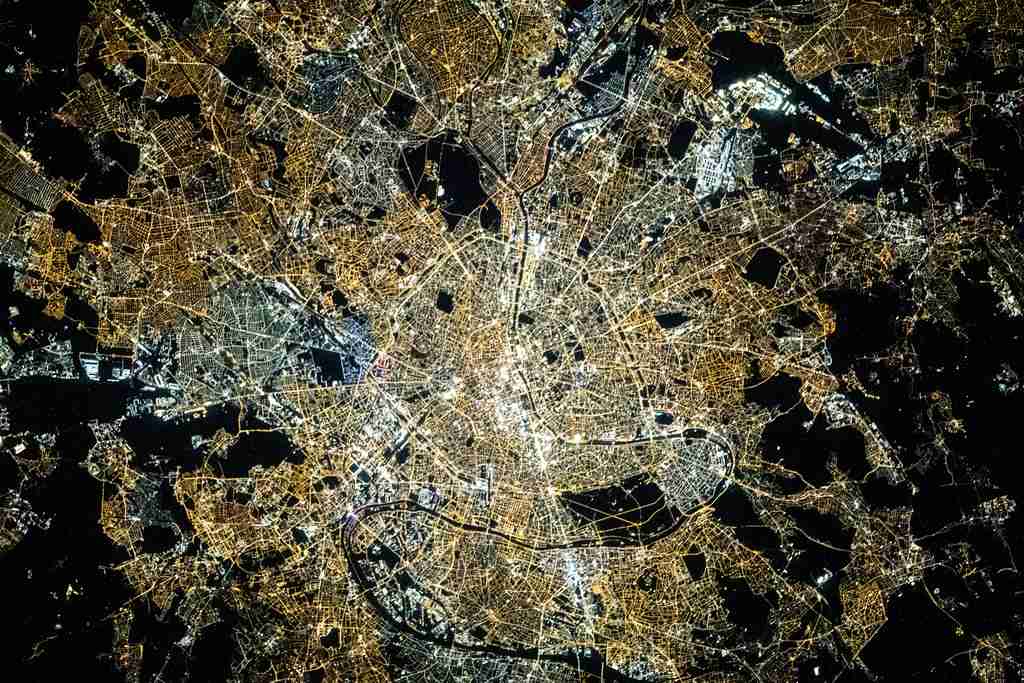
Many believe that Paris’ nickname, “The City of Lights,” refers to its well-lit streets and monuments. However, it originally signified the city’s role as a center of education and ideas during the Age of Enlightenment.
Paris was a hub for intellectuals, artists, and philosophers, drawing brilliant minds who illuminated the world with their revolutionary ideas. This legacy continues to shine through the city’s prestigious universities and cultural institutions.
9. Paris has a massive underground reservoir for drinking water.
Hidden beneath the Place de l’Alma in Paris lies a massive underground reservoir that stores drinking water for the city. This reservoir ensures a stable water supply for Parisians, even in times of emergency.
Constructed in the 19th century, the reservoir is part of a sophisticated water management system that showcases Paris’ commitment to public health and infrastructure.
10. The oldest café in Paris has been serving since 1686.
Le Procope, the oldest café in Paris, opened its doors in 1686 and remains a beloved establishment to this day. Located in the 6th arrondissement, it has hosted numerous famous patrons, including Voltaire, Rousseau, and Benjamin Franklin.
This historic café is not just a place to enjoy a cup of coffee but a cultural landmark that has witnessed centuries of Parisian history and intellectual discourse.
11. Paris is a city of bridges, with 37 spanning the Seine River.
Paris is often called a city of bridges, with 37 beautiful structures crossing the Seine River. Each bridge offers unique architectural features and historical significance, from the medieval Pont Neuf to the modern Pont de l’Alma.
These bridges not only connect the city’s left and right banks but also serve as picturesque spots for leisurely strolls and stunning views of Paris’ skyline. Which bridge would you like to explore first?
12. Paris was the first city to introduce streetlights.
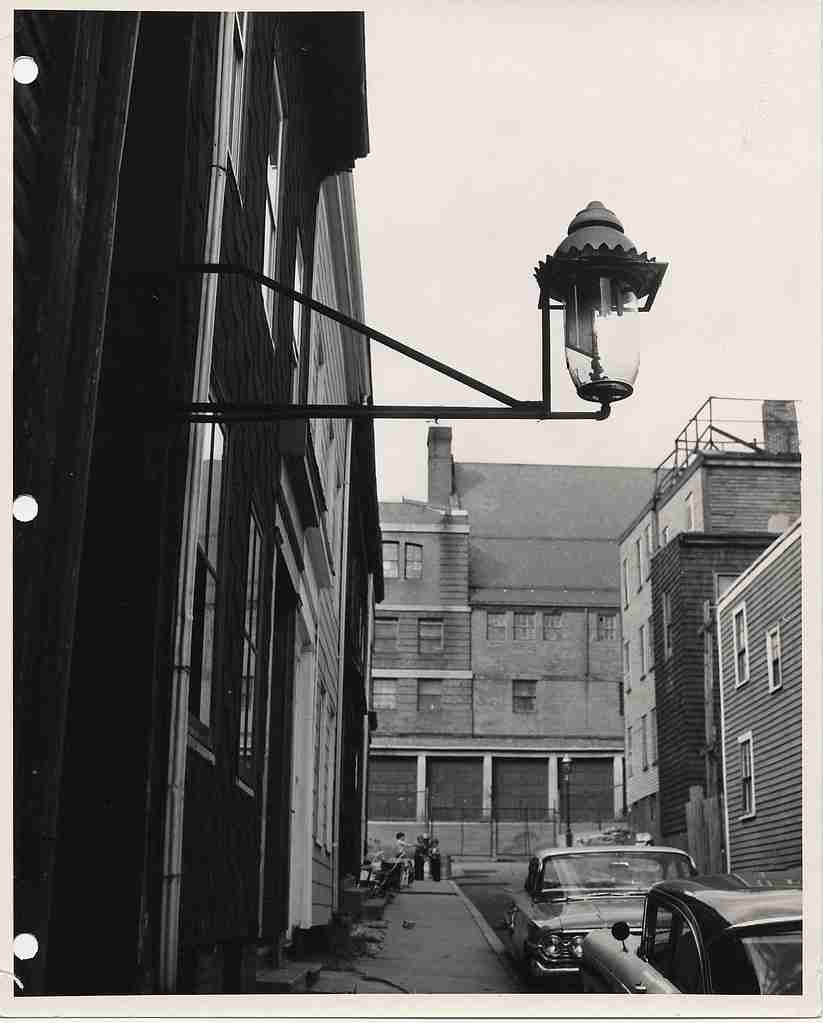
Paris earned its nickname, partly because it was the first city in Europe to light its streets with gas lamps. This innovation began in the early 19th century, enhancing safety and nightlife.
By the 1820s, thousands of gas lamps illuminated the streets, making Paris a pioneer in urban lighting. This development played a crucial role in shaping the city’s vibrant evening culture and its global reputation for romance and beauty.
13. The Paris Metro is one of the oldest in the world.
Opened in 1900, the Paris Metro is one of the oldest and most extensive underground transportation systems in the world. With over 300 stations, it serves millions of passengers daily, offering a convenient way to navigate the city.
The Metro’s distinctive Art Nouveau entrances, designed by Hector Guimard, add to the charm and historical significance of Paris’ public transportation network. Exploring Paris by Metro is both efficient and a step back in time.
14. Paris has the highest number of Michelin-starred restaurants in the world.
Paris is a culinary capital, boasting more Michelin-starred restaurants than any other city. With a focus on quality and innovation, Parisian chefs continue to push the boundaries of fine dining, making the city a paradise for food lovers.
From the three-starred Alain Ducasse au Plaza Athénée to the cozy, one-starred gems scattered across the city, Paris offers an unparalleled gastronomic experience. Have you ever dined at a Michelin-starred restaurant in Paris?
15. The Arc de Triomphe honors those who fought and died for France.
Commissioned by Napoleon Bonaparte in 1806, the Arc de Triomphe stands at the western end of the Champs-Élysées. This monumental arch honors those who fought and died for France during the French Revolutionary and Napoleonic Wars.
Beneath the arch lies the Tomb of the Unknown Soldier, a tribute to the unidentified soldiers who perished in World War I. The eternal flame at the tomb is rekindled every evening, symbolizing France’s enduring respect and remembrance.
16. The Paris Opera House inspired “The Phantom of the Opera.”
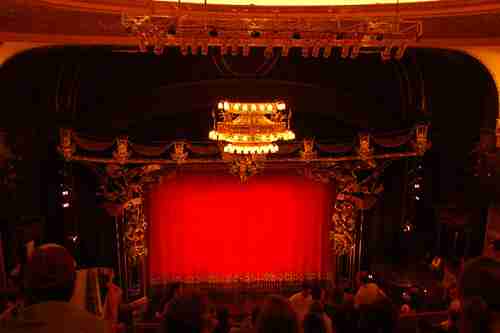
The Palais Garnier, Paris’ grand opera house, served as the setting for Gaston Leroux’s novel “The Phantom of the Opera” Completed in 1875, this opulent building is known for its ornate architecture and fascinating history.
Visitors can explore the lavish interiors, including the grand staircase and the ceiling painted by Marc Chagall. The opera house remains a significant cultural landmark, continuing to host performances that captivate audiences from around the world.
17. Paris’ Notre-Dame Cathedral took over 180 years to build.
Construction of the Notre-Dame Cathedral began in 1163 and wasn’t completed until 1345. This Gothic masterpiece stands as a testament to the architectural and artistic achievements of the Middle Ages.
Despite the devastating fire in 2019, efforts to restore Notre-Dame are underway, with plans to reopen by 2024. The cathedral’s intricate facades, stunning stained-glass windows, and iconic gargoyles continue to inspire awe and reverence.
18. The Seine River flows through the heart of Paris.
The Seine River is a defining feature of Paris, winding its way through the city and dividing it into the Left Bank and the Right Bank. This iconic river has been a vital part of Parisian life for centuries, serving as a source of commerce, transportation, and inspiration.
Taking a leisurely cruise along the Seine offers stunning views of Paris’ landmarks, including the Eiffel Tower, Notre-Dame Cathedral, and the Louvre. Have you ever experienced the charm of Paris from a boat on the Seine?
19. Paris was occupied by Nazi Germany during World War II.
From June 1940 to August 1944, Paris was occupied by Nazi Germany. Despite the occupation, Parisians maintained their spirit of resistance, with many joining the French Resistance to fight against the oppressors.
The city’s liberation on August 25, 1944, marked a significant turning point in World War II. Today, various monuments and museums in Paris commemorate the bravery and resilience of those who fought for freedom.
20. The Parisian catacombs hold the remains of over six million people.
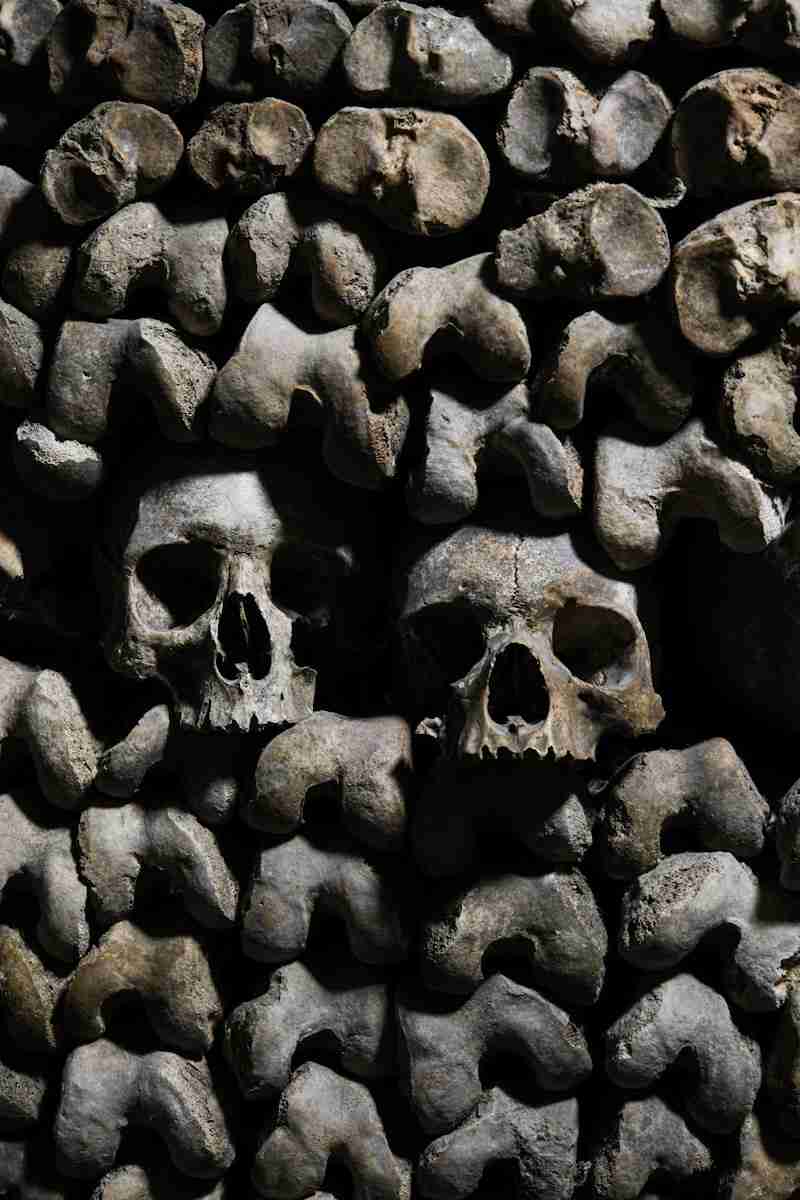
The Catacombs of Paris are a vast underground ossuary that contains the remains of more than six million people. Established in the late 18th century, the catacombs were created to address the issue of overflowing cemeteries.
Today, the Catacombs are a popular tourist attraction, offering a unique and eerie insight into Paris’ history. The tunnels, lined with neatly arranged bones and skulls, stretch for kilometers beneath the city’s streets.
21. Paris has a long history of cafés and intellectuals.
Parisian cafés have long been hubs of intellectual activity, attracting writers, artists, and philosophers. Famous figures like Ernest Hemingway, Jean-Paul Sartre, and Simone de Beauvoir spent countless hours in these vibrant meeting places.
Cafés such as Les Deux Magots and Café de Flore remain iconic spots where visitors can soak in the rich cultural history while enjoying a cup of coffee. What stories could these historic cafés tell if their walls could speak?
22. The Champs-Élysées is often called “the most beautiful avenue in the world.”
The Champs-Élysées, stretching from the Arc de Triomphe to Place de la Concorde, is one of the most famous avenues in the world. Lined with theaters, cafés, and luxury shops, it embodies the elegance and grandeur of Paris.
Walking down the Champs-Élysées offers a glimpse into the city’s vibrant life, from bustling markets to glamorous fashion boutiques. This avenue is also the site of major events, including the annual Bastille Day military parade.
23. The Paris Climate Agreement was signed in the city in 2015.
In December 2015, Paris hosted a landmark event in the fight against climate change: the signing of the Paris Climate Agreement. This international treaty aims to limit global warming to well below 2 degrees Celsius above pre-industrial levels.
The agreement, adopted by nearly 200 countries, underscores Paris’ role as a global leader in environmental sustainability. The city’s commitment to green initiatives continues to inspire actions worldwide.
FAQs
France uses the Euro (€) as its official currency. It replaced the French Franc in 2002 when the Euro was introduced.
Paris is a city, and it is the capital of France. It is one of the most popular tourist destinations in the world, known for its culture, art, fashion, and historical landmarks.
The Eiffel Tower was completed in 1889 and was initially criticized by some of France’s leading artists and intellectuals. It is 324 meters tall, including its antennas, making it the same height as an 81-story building. The Eiffel Tower is painted every seven years to protect it from rust.
The Mona Lisa is a world-famous portrait painted by Leonardo da Vinci. It is renowned for the subject’s enigmatic expression and is on display at the Louvre Museum in Paris.
The Mona Lisa was painted by the Italian Renaissance artist Leonardo da Vinci. He worked on it between 1503 and 1506.

